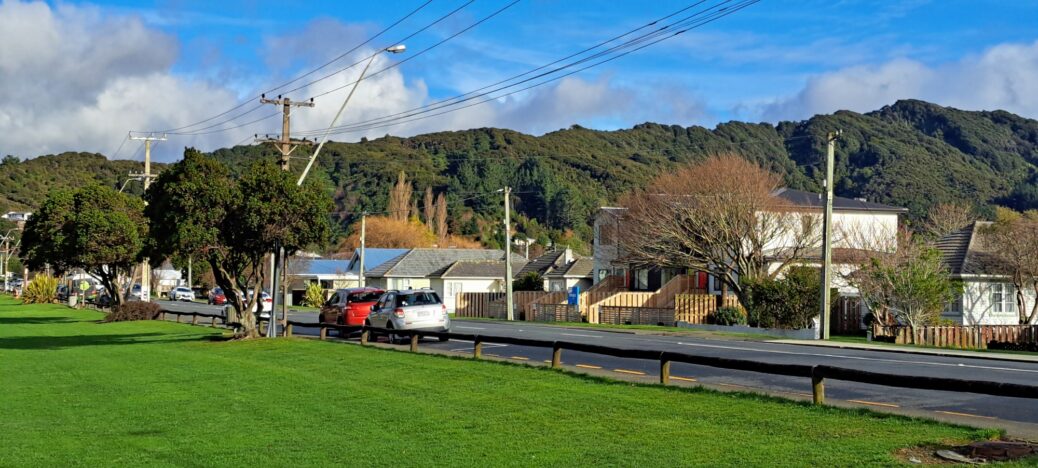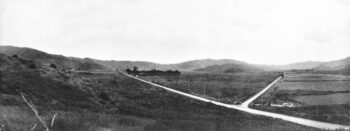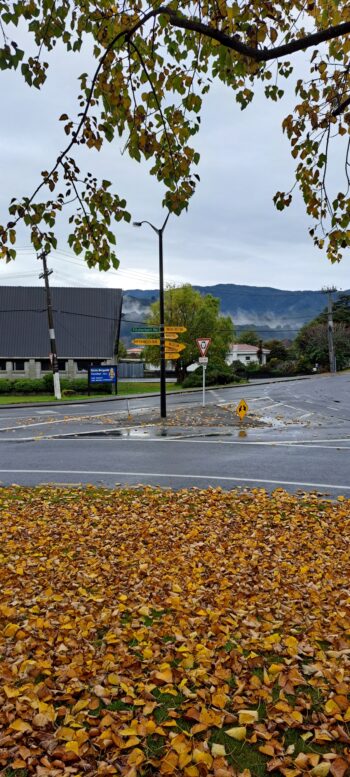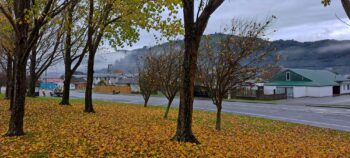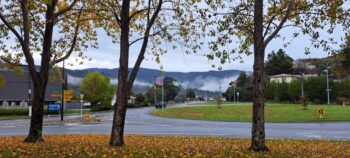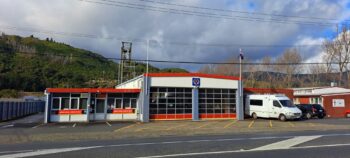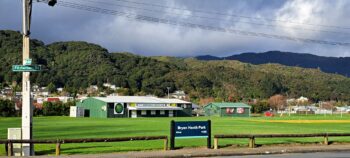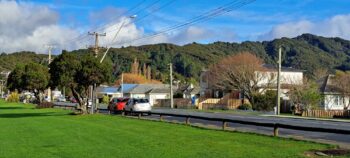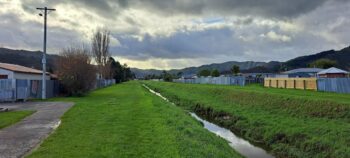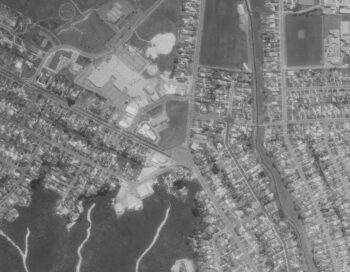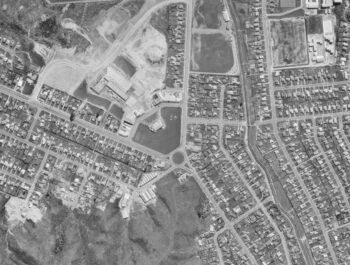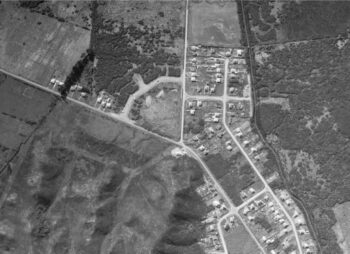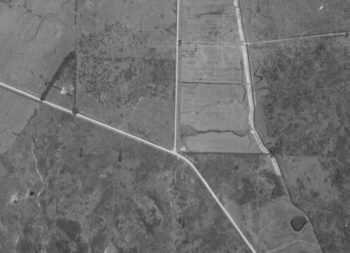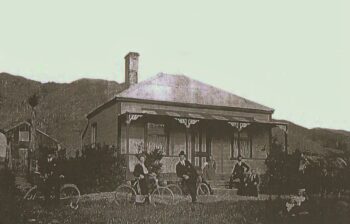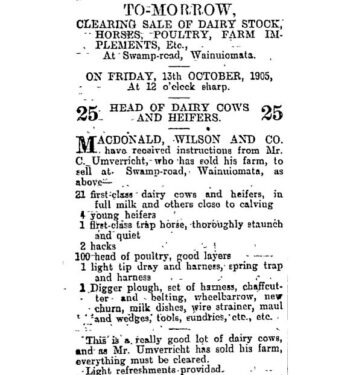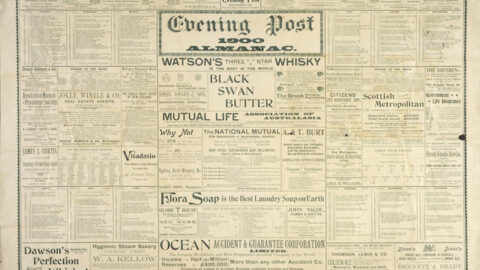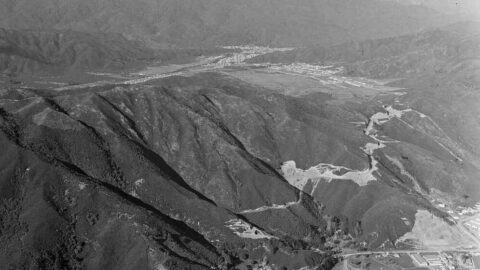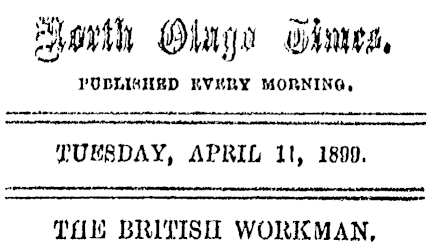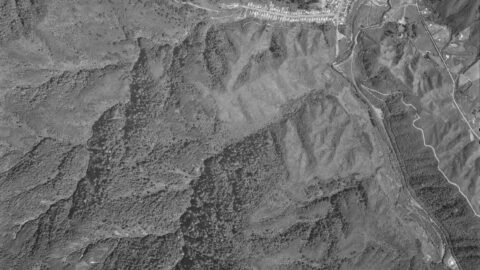Fitzherbert Road is a main thoroughfare connecting Wainuiomata Road to Parkway and Arakura.
History
By the late 19th century, two roads had been established in the valley: Main Road and Fitzherbert Road. The latter, was originally known as Swamp Road. Pre-1959, the road extended from the intersection of Fraser Street, Main Road, and Wainuiomata Road to the base of the hills toward Naenae in the Hutt Valley.
Fitzherbert Road was named after Sir William Fitzherbert (1810–1891). He was an Independent party Member of Parliament who represented the Hutt Electorate from 1858 to 1879. He owned significant land in Wainuiomata, particularly in the area now known as Fitzherbert Road extending to Upper Fitzherbert Road. William operated a flax milling business in the Upper Fitzherbert Road area in the 1850s to around 1875.
Since 1959, Fitzherbert Road has ended at the intersection of Nelson Crescent and Wellington Road. It has been a main route to Arakura and to Parkway in 1998, as it connects with Parkway Road. The old upper section of the road, which extended to the hills near Naenae, became Upper Fitzherbert Road. This once singular road followed Black Creek. Today, the two roads are not connected in a central segment, specifically from the beginning of Wellington Road to Norfolk Street.
Today
Fitzherbert Road is a busy thoroughfare, serving as one of the primary routes to the northern part of Wainuiomata. It connects with Wainuiomata Road, the main artery, and leads to the primary shopping area on Queen Street. Further north, you’ll find Brian Heath Park and the Wainuiomata Volunteer Fire Brigade before the road links up with Arakura and Parkway.
Credits
Special thanks to Jeremy Foster for some information in this article.
Special thanks to Carl Smith for some information in this article.

